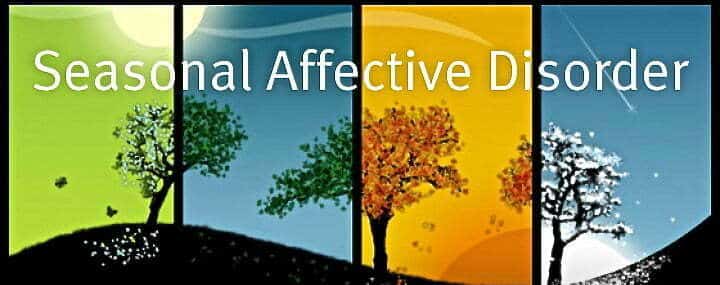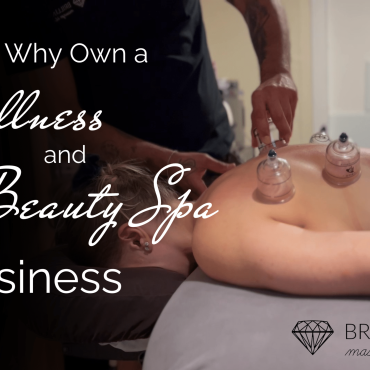Do you or someone you know get the wintertime and fall “blues”? One vermont we do not get much daylight and sunlight to begin with and upcoming long winters can bring down moods to quite a few. Lack of bot D and just less sunlight in the winter, coupled with more time indoors, can trigger what is known as “Seasonal Affective Disorder” in many people. SAD can prove to be a serious form of depression and reduce the quality of life for those with the disorder. Winter sports can help but so massage therapy and other activities that increase mood and endorphins.
Seasonal Affective Disorder, or SAD, is recognized as a major depressive disorder with seasonal patterns. A less severe form of seasonal mood disorder, known as the winter blues, impacts an even larger portion of the population. Combined, the two disorders affect as many as one in five Americans, and may be aggravated by the change to Daylight Savings Time.
Those most commonly affected are female, between the ages of 15 and 55, have family members who deal with SAD, are clinically depressed or suffer from bipolar disorder and live far from the equator. The age range is young because studies have shown that SAD decreases as you age. The most common ages are between 18 and 30.
One of the many therapies that can help SAD is massage. A recent articlefrom the American Massage Therapy Association catalogs several proven ways in which massage therapy can counteract physiological mood factors that often accompany SAD. According to the AMTA, massage can:
- Reduce anxiety and depression with a course of care providing benefits similar in magnitude to those of psychotherapy.
- Increase neurotransmitters associated with lowering anxiety and decrease hormones associated with increasing anxiety.
- Significantly decrease heart rate, systolic blood pressure, and diastolic blood pressure.
- Improve mental health by reducing depression in individuals with HIV, lessen anxiety in cancer patients, reduce anxiety and depression in military veterans and lower work-related stress for nurses.
“As we approach the colder, darker months, massage therapy may be an effective method of deflecting common seasonal challenges,” said Jeff Smoot, 2015 President of the American Massage Therapy Association (AMTA). “Massage benefits the way our bodies react to negative influences, whether that’s weather, anxieties or disorders.”

Ten ways to fight SAD (or any type of depression too!):
1. Lighting
Opening blinds, removing branches that block sunlight and sitting closer to bright windows can all help improve Seasonal Affective Disorder and your mood.
2. Going Outside
It has been shown that spending time outside, even when it’s cold, can help with SAD symptoms. Taking a walk within the first two hours of getting up is a great way to get fresh air and light, even if it’s cloudy. Natural light is much more potent than artificial light.
3. Spending Time with Friends and Family
Reconnecting with old friends, taking a new class or joining a support group can all help alleviate the symptoms of Seasonal Affective Disorder. Catching up with friends, or making new ones, will help you feel less alone during the winter months. A support group can help you find other ways to feel better during the winter.
4. Sticking to a Schedule
Staying in a routine will help your body get more sleep. This way, you can also plan to get scheduled amounts of sunlight everyday. Eating at normal times will also help you manage a diet or watch your winter weight. Sleep not too little but not too much. Sleeping too much will make you groggy and sleeping not enough can make you more depressed.
5. Eating Wisely
Sweets and simple carbs, like white bread and white rice, all cause a rapid rise in blood sugar and insulin and then send you spiraling down when it’s all used up. Bright colored veggies, fruits and beans are better carbs to help deal with SAD. They are absorbed by your body slowly which gets rid of the peaks and valleys of other foods. Foods to have on hand during the winter include popcorn, oatmeal, nuts, egg whites, peanut butter, vegetables, fruits, whole grain crackers and bread, deli turkey and cottage cheese.
6. Exercising
Physical activity reduces stress and anxiety, both of which can make SAD worse. Getting in shape can also help with self-esteem, which can put you in a happier mood.
7. Volunteering
Volunteering can make you feel like you have a purpose. It’s also a great way to meet people and make a difference in your community or religious organization. Helping out those who are less fortunate might help put things into perspective.
8. Avoiding Alcohol
Alcohol is a depressant, and as such, can harm your brain. Drinking too much can lead to bad decisions, which may make you feel even worse later. Always consume alcohol in moderation.
9. Mind and Body Therapy
Various things holistic activities like acupuncture, yoga, relaxing facials, spa day, taking care of yourself and being kind to yourself, meditation and of course massage therapy can all help you reduce the symptoms of Seasonal Affective Disorder.
10. Know When SAD is More Than Seasonal
If your feelings of depression last more than one season, it might be time to talk to your doctor. Major symptoms of depression include feeling sad most of the day almost everyday, feeling hopeless or worthless, having no energy, losing interest in things you found enjoyable, problems sleeping, changes in appetite, feeling slow or agitated, difficulty concentrating and thoughts of death or suicide.
Brilliant Massage Therapy,
Burlington, Vermont


